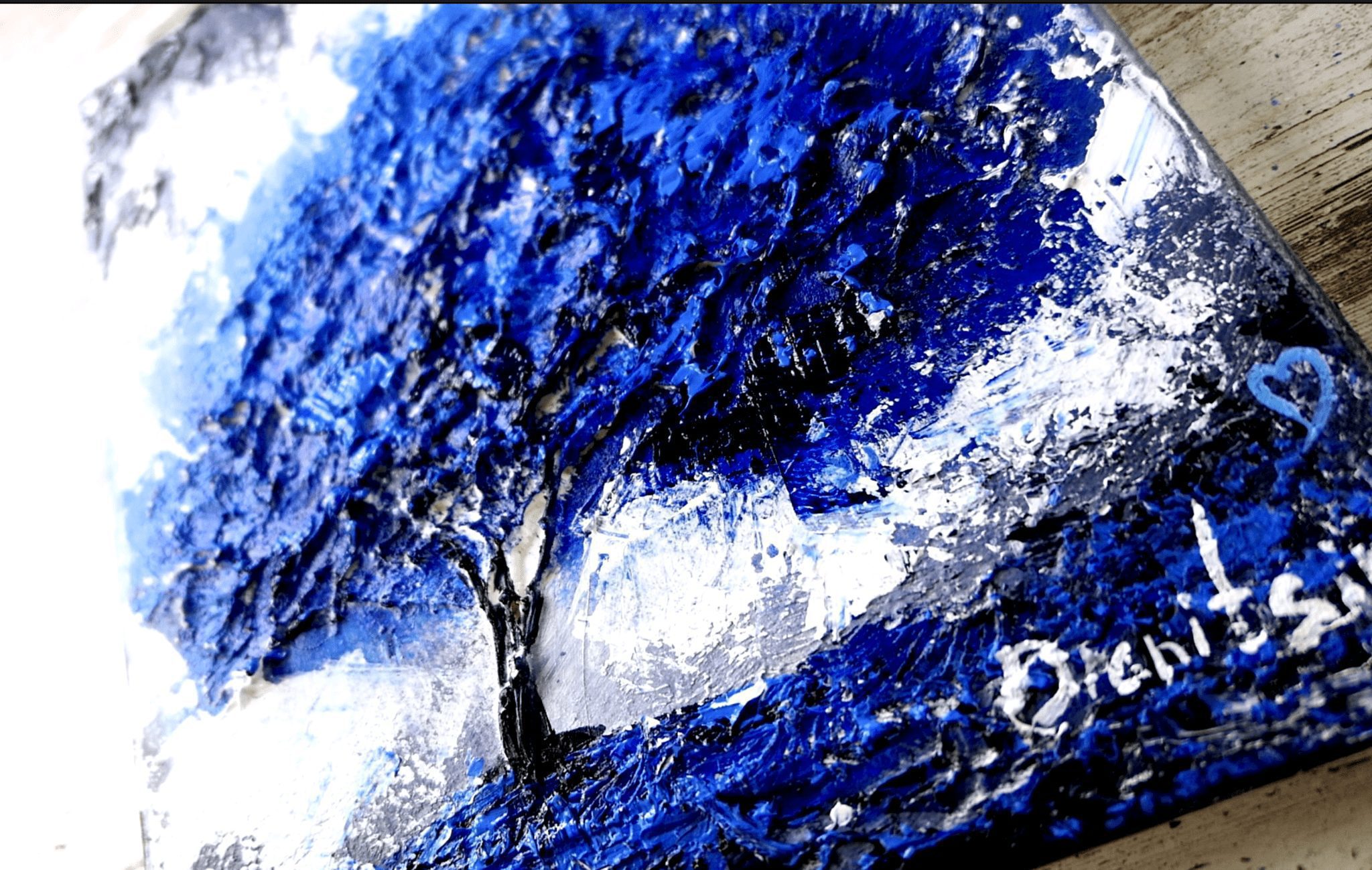When painting landscapes, achieving a sense of authenticity and depth often comes down to how you portray the textures of nature—be it the rough bark of a tree, the soft movement of grass, or the sparkle on a water’s surface. The secret to mastering these surfaces lies in knowing which brushes to use and how to wield them creatively. In this post, we’ll explore how different brushes can help you translate natural elements into textured, captivating acrylic landscapes.
Why Texture Matters in Landscape Painting
Texture isn’t just a visual treat; it’s a tool for storytelling. By layering and varying textures, you can guide the viewer’s eye, evoke emotions, and create lifelike scenes that feel immersive. The right texture can make a field feel windswept, a forest dense and shadowy, or a river cool and brisk—all through your brushwork.
Selecting the Right Brushes for Natural Texture
To build convincing landscapes, you’ll want to gather a variety of brushes, each offering unique mark-making and textural possibilities:
1. Fan Brushes
- Ideal for: Grassy fields, pine needles, wispy clouds, and layered foliage.
- Effect: Multi-line strokes that mimic the irregularity of grass and foliage.
2. Filbert Brushes
- Ideal for: Leafy tree canopies, rounded stones, and soft flower petals.
- Effect: Blended, organic shapes with smooth edges that transition naturally.
3. Flat Brushes
- Ideal for: Broad skies, reflections on water, and blocky rock surfaces.
- Effect: Even, wide coverage or chiseled lines for structured textures.
4. Round Brushes
- Ideal for: Tree branches, flower stems, and small detail work.
- Effect: From fine points with the tip to thick lines when pressed down, perfect for both detail and expressive motion.
5. Palette Knives
- Ideal for: Rough bark, rocky terrains, bold highlights, and impasto effects.
- Effect: Thick, dimensional strokes that add a rugged, tactile quality.
6. Deerfoot Stippler or Stippling Brushes
- Ideal for: Bushes, shrubbery, dense foliage, or pebbled paths.
- Effect: Dappled, stippled textures for natural randomness.
Techniques for Portraying Natural Elements
1. Layering for Depth
Start with a large flat or filbert brush for the background, laying in broad swaths of color. Then, gradually layer with smaller brushes and drier paint for midground and foreground details, building the illusion of space and touchable texture.
2. Dry Brushing
Use a nearly dry fan or flat brush to lightly drag paint over a dry underpainting. This creates scratchy, textured marks—perfect for craggy rocks, wind-blown grass, or weathered wood.
3. Stippling and Tapping
Hold a stippler or round brush vertically and dab the tip against the canvas to build up foliage, wildflowers, or bark textures. Vary color and density for a more natural look.
4. Scumbling and Scraping
With a palette knife or stiff brush, apply light, broken layers of paint over dried sections. This technique is great for rocky surfaces or glimmering water.
5. Edge Detailing
Use the sides or corners of a filbert or flat brush to add crisp edges—like the silhouette of leaves against the sky or the craggy outline of a mountain peak.
Practical Example: Painting a Textured Forest Scene
- Background Sky & Light: Use a flat or filbert brush for smooth blending.
- Tree Trunks & Largest Foliage: Block in with flat brushes, then create bark texture using a palette knife.
- Leaves & Underbrush: Load a fan or stippler with various green hues, dabbing and sweeping for thick, leafy effects.
- Finishing Details: Add highlights with a dry brush or edge of a knife, and use a fine round brush for twigs and grass tips.
Conclusion: Explore and Experiment With Texture
Every natural element—trees, stones, grass, clouds—has its own texture and rhythm. By combining multiple brushes and varied techniques, you can capture these qualities in your acrylic landscapes, creating art that feels truly alive.
Ready to enhance your landscapes? Explore URARTSTUDIO’s art supply shop for a versatile collection of brushes and tools. Browse our painting tips and step-by-step tutorials to deepen your mastery of brush texture and discover new ways to portray nature’s beauty.
Keywords: textured landscapes, acrylic painting techniques, brush techniques, art supplies, URARTSTUDIO
#texturedlandscapes #acrylicpaintingtechniques #brushtechniques #artsupplies #URARTSTUDIO



Leave a Reply
You must be logged in to post a comment.